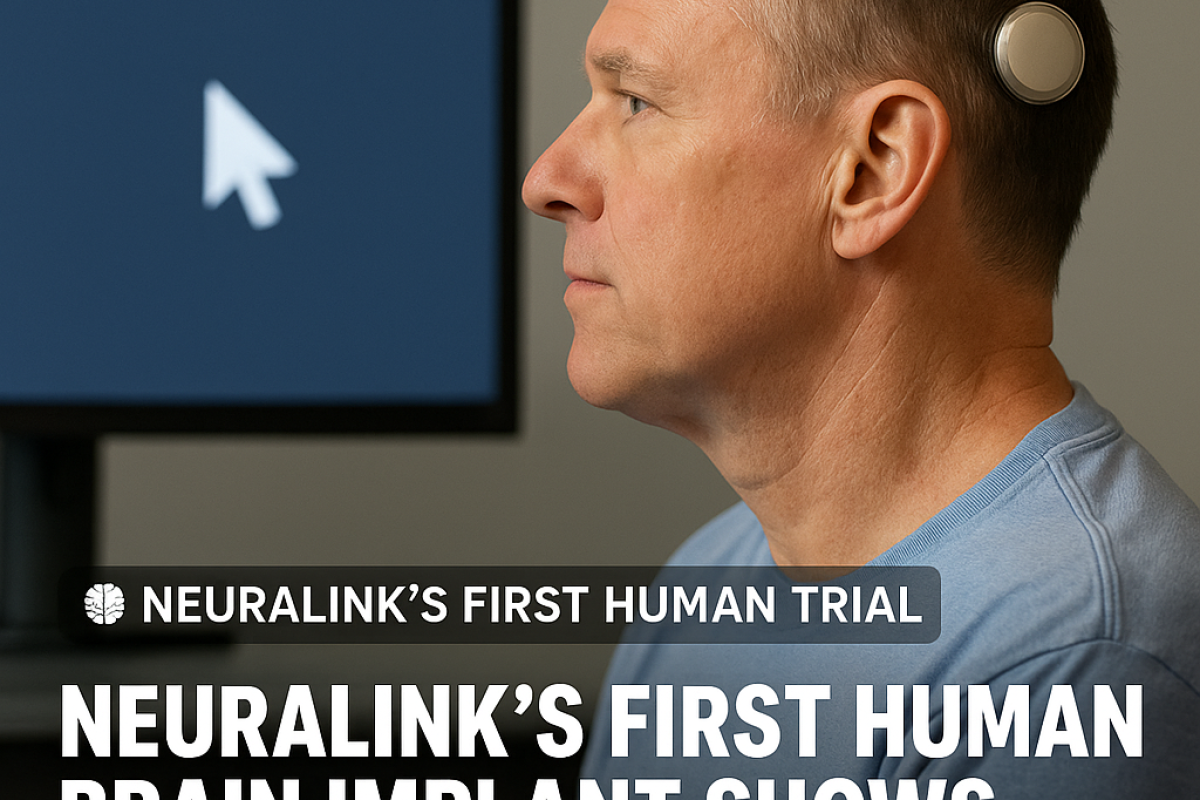Neuralink's First Human Brain Implant Shows Promising Results

April 29, 2025 — Elon Musk’s brain-computer interface company, Neuralink, has made headlines by revealing promising early results from its first human clinical trial. The subject, a quadriplegic individual, received the telepathy device implant in January 2025 and has since demonstrated the ability to move a computer cursor with their thoughts.
What Happened?
In a live-streamed update, Elon Musk and Neuralink engineers detailed how the brain chip, known as the "Link", is successfully capturing neural signals and translating them into digital commands. The participant, whose identity remains confidential for privacy reasons, can now navigate screens and interact with applications using only mental intention.
“This is a major milestone in restoring autonomy and communication abilities to people with severe disabilities,” said Musk.
How It Works
The Neuralink device uses ultra-thin threads implanted in the brain’s motor cortex to pick up electrical activity. These signals are then transmitted wirelessly to a nearby device and interpreted by AI algorithms. The brain chip is fully wireless, rechargeable, and implanted via a robotic surgery system designed to minimize risk.
Why It Matters
If long-term safety and functionality are confirmed, Neuralink’s technology could revolutionize treatments for neurological conditions such as:
- Paralysis
- ALS (Lou Gehrig’s Disease)
- Stroke recovery
- Memory loss disorders
Experts say such advancements may even pave the way for future human-computer symbiosis, where thought-driven interaction with digital environments becomes commonplace.
The Road Ahead
Despite the optimism, researchers urge caution. “While this is a historic step forward, one patient doesn’t make a clinical success,” says Dr. Maria Thompson, a neuroscientist at Harvard. Regulatory hurdles, long-term safety, and wider human trials remain critical next steps.
The company has received FDA clearance for its early feasibility study, and several more patients are expected to receive the device in the coming months.
Related News


















